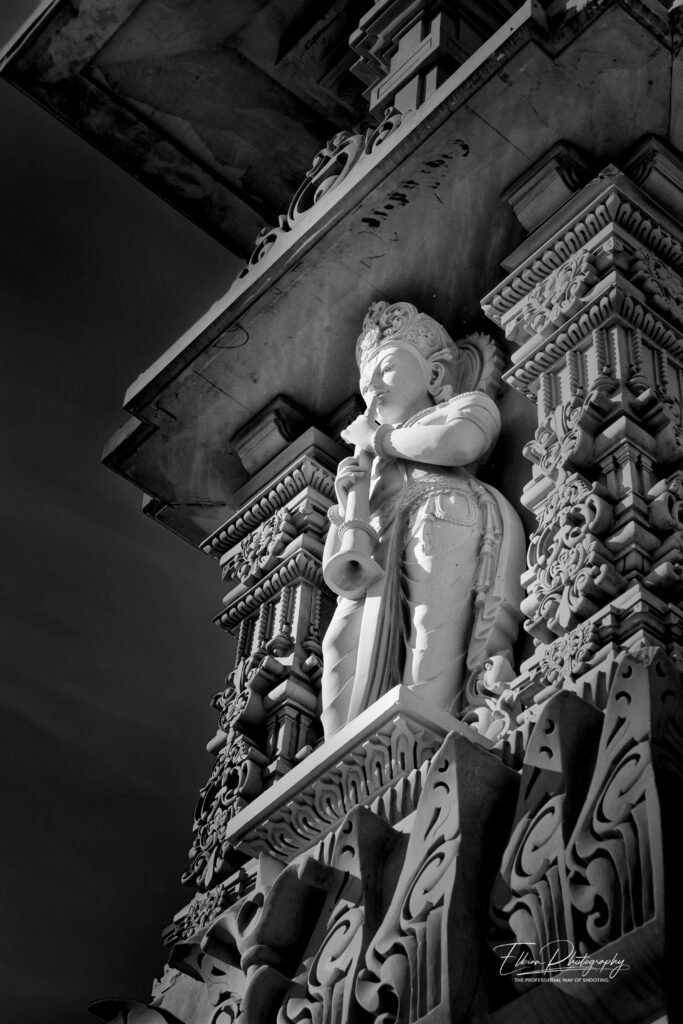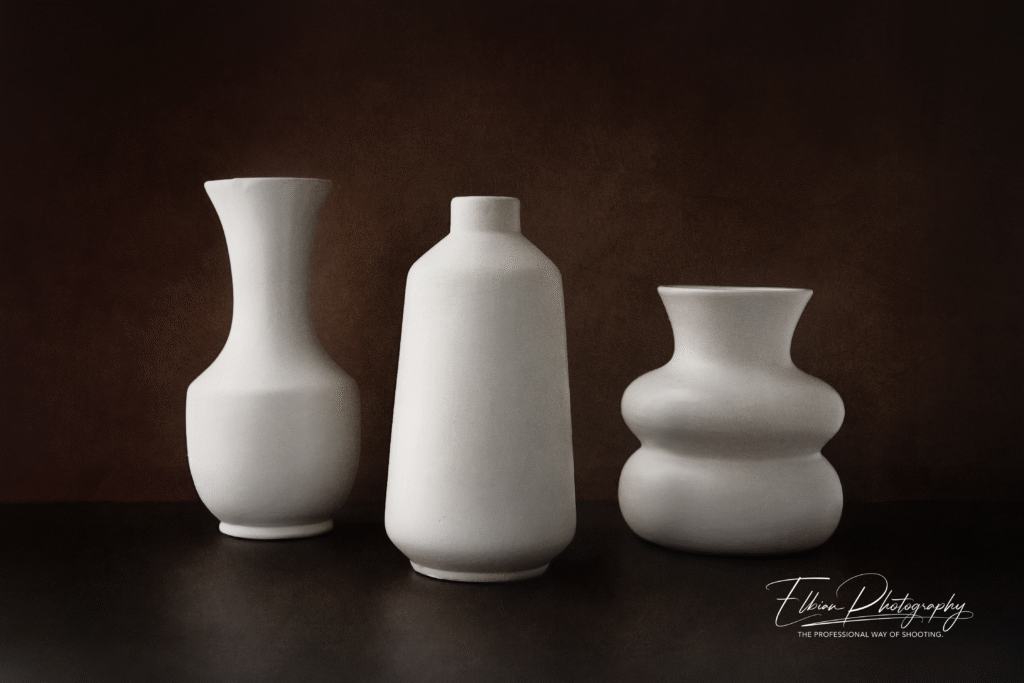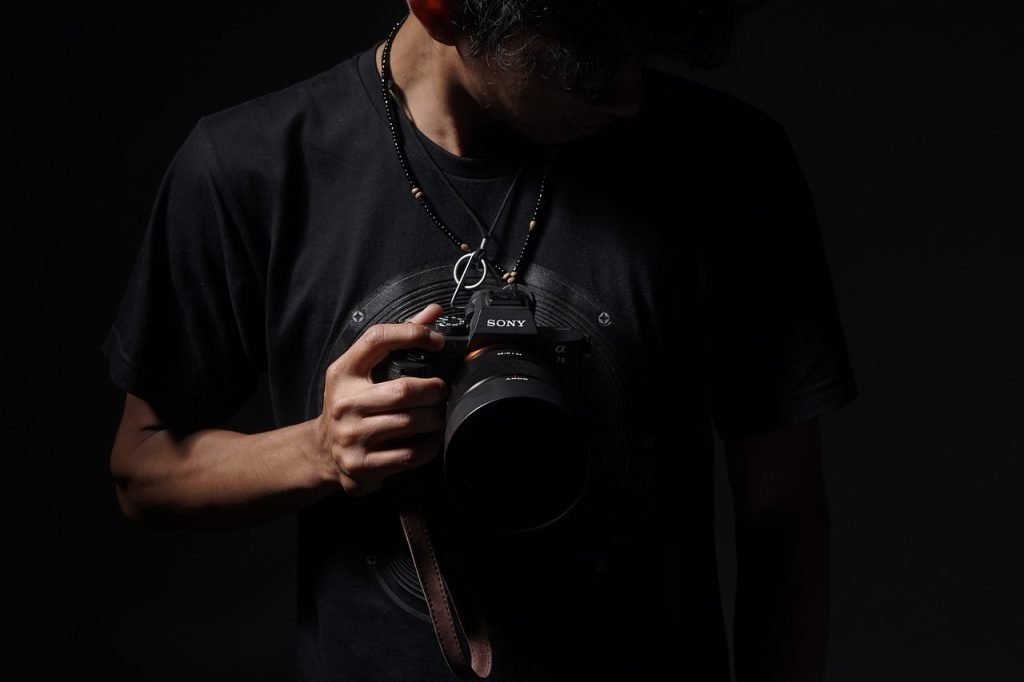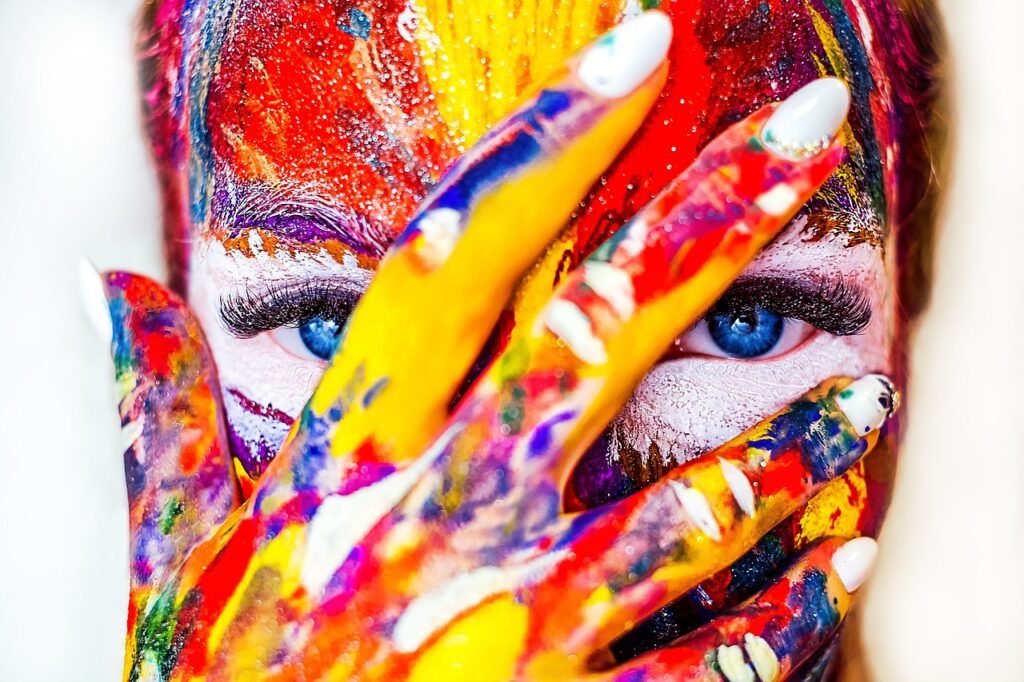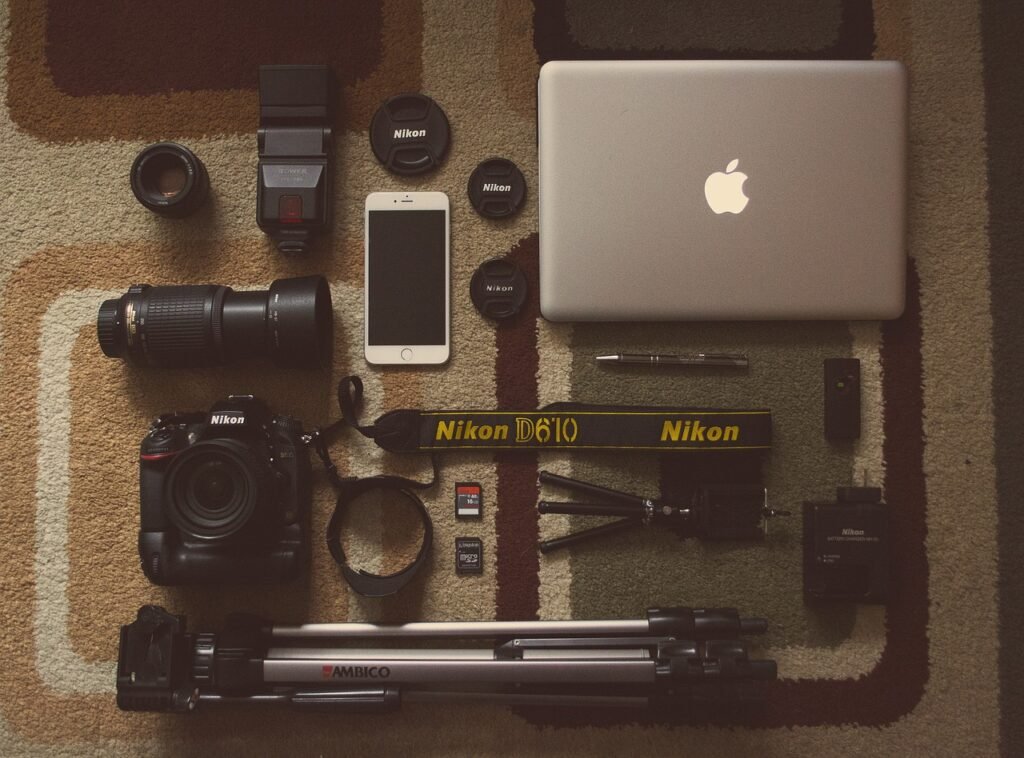At first glance, the photo below looks straightforward: a single computer mouse, floating against a glowing blue backdrop. No cluttered desk, no busy props — just clean design illuminated by light. But look closer. The subtle gradients of purple and blue lighting highlight the mouse’s curves, grip texture, and buttons, giving it personality. It feels futuristic, precise, almost like a piece of high-tech gear waiting to be used. Suddenly, it’s not just a mouse — it’s innovation, speed, and performance captured in one frame. This is the power of product photography: turning everyday objects into compelling visuals that communicate value and identity. And the best part? You don’t need a high-end studio to create images like this. With thoughtful lighting and intentional composition, you can make products look market-ready. Table of Contents Introduction What Makes Product Photography Different? Start With a Clear Message Showcase Products With Intention Composition Tips Made Simple Use the Rule of Thirds Leave Space for Breathing Room Think in Layers Use Lighting to Elevate Design Choose Colors That Match the Brand Keep Your Edits Clean and Consistent Practice With These Simple Prompts Learn by Studying Great Product Shots Final Thoughts What Makes Product Photography Different? Product photography isn’t just about showing what something looks like. It’s about shaping how customers feel about it. The mouse image above doesn’t only show its design — it communicates sleekness, technology, and performance through color, contrast, and mood. That’s storytelling in product photography. When done right, a product photo doesn’t just display — it persuades. Start With a Clear Message Before you take the shot, ask: What story should this product tell? The mouse photo works because it conveys innovation and precision. By isolating it on a dark background and using neon-inspired lighting, the photographer communicates a futuristic, performance-driven identity. Some beginner-friendly themes to try: Minimal elegance → neutral tones, soft shadows. High-tech feel → glowing light, metallic reflections. Lifestyle context → product in use (e.g., mouse with a gaming setup). Choose one idea per shoot. Simplicity is stronger than clutter. Showcase Products With Intention You don’t need dozens of props to tell a story. Sometimes, the product itself is the story. Notice how the mouse photo uses no extra accessories. The textured grip, sharp lines, and glowing scroll wheel stand out on their own. This minimal approach keeps the focus where it belongs: on the product. When planning a product shot: Highlight the feature that sets it apart (shape, texture, or color). Keep backgrounds simple, unless they support the brand’s identity. Shoot multiple angles to show both form and function. Composition Tips Made Simple How you frame your product makes all the difference. In the mouse photo: The product floats slightly off-center, adding energy to the composition. Negative space around it emphasizes its form. Layers of light (dark backdrop, glowing center, highlighted edges) create depth. Beginner tips: Rule of Thirds → Position the product along invisible grid lines for balance. Leave Space → Empty space adds focus and works great for ads or text overlays. Think in Layers → Foreground, product, and background should work together to create dimension. Use Lighting to Elevate Design Lighting is what turns a basic photo into a product showcase. In the mouse image, dramatic side and back lighting highlight the curves and textures. The glowing blue creates mood, while the purple accents suggest energy and innovation. Tips for beginners: Side light → emphasizes shape and detail. Back light → creates glow, perfect for tech or luxury items. Soft front light → works for catalog shots where clarity is key. Pro tip: Experiment with LED lights or colored gels for a branded look. Choose Colors That Match the Brand Colors aren’t just decoration — they tell the story of the product. In the mouse photo, blue and purple lighting create a futuristic and high-performance vibe. Imagine how different it would feel with warm yellow light — suddenly it would feel casual instead of high-tech. Guidelines for color use: Cool tones → modern, sleek, innovative. Warm tones → cozy, approachable, lifestyle-oriented. High contrast → bold, energetic, attention-grabbing. Keep the palette consistent to strengthen brand identity. Keep Your Edits Clean and Consistent Editing is about refinement, not distraction. In the mouse image, edits enhance the glow and clarity without overprocessing. The result is polished but believable. Editing basics: Adjust exposure so products look evenly lit. Boost contrast to make details pop. Stay consistent if shooting a whole product line. Lightroom, Photoshop, or even mobile apps like Snapseed can help beginners achieve a clean look. Practice With These Simple Prompts The mouse image shows how one product with great lighting can tell a story. Try these setups at home: “Tech Precision” – photograph a single gadget with cool-toned lighting. “Luxury Close-Up” – zoom in on product textures (e.g., leather, glass, or brushed metal). “Everyday Hero” – shoot a product in a simple lifestyle setting (like a coffee mug on a desk). “Collection Shot” – line up multiple versions of the same product for a catalog feel. Learn by Studying Great Product Shots The mouse photo works because it borrows principles of professional product photography: clean background, intentional lighting, and a strong mood. To improve your skills: Study tech product shots from brands like Apple, Logitech, or Razer. Notice how they use light to highlight design. Try recreating their setups with your own products. It’s like learning music by covering a favorite song — practice teaches structure until you find your own style. Final Thoughts The illuminated mouse demonstrates an essential truth: impactful product photography is not defined by costly equipment or elaborate setups. What matters is the clarity of vision, the quality of light, and the perspective you choose. When you frame a product around its story — whether it conveys speed, sophistication, or comfort — you elevate it beyond its function. It becomes a message, an experience, a reason to connect. Begin with

